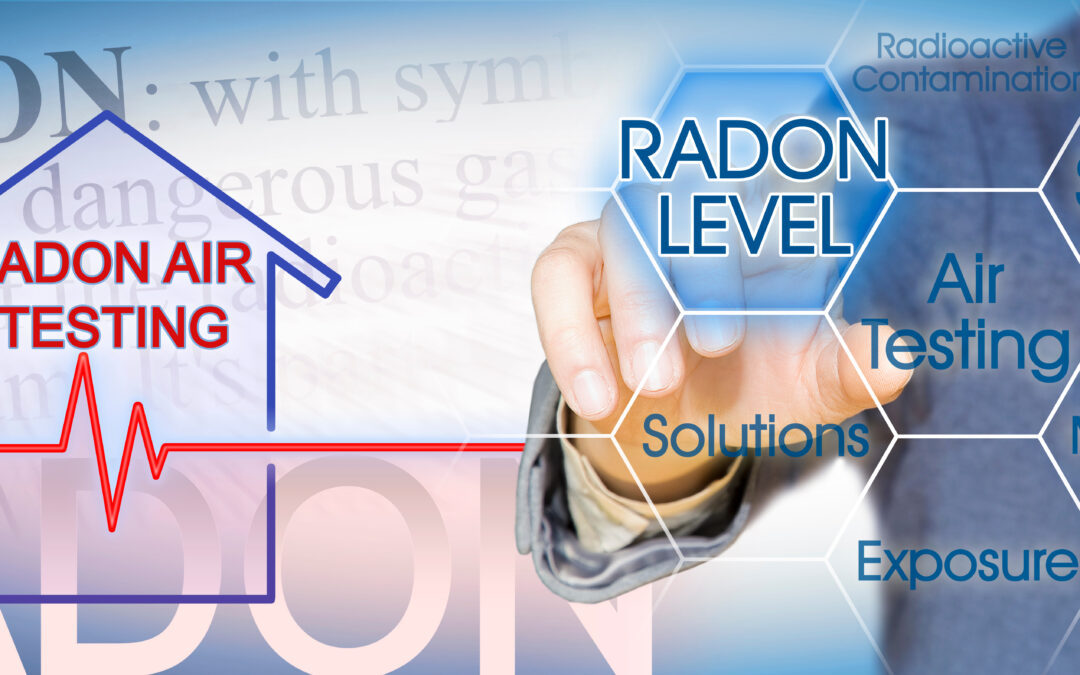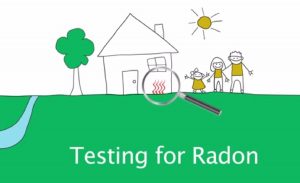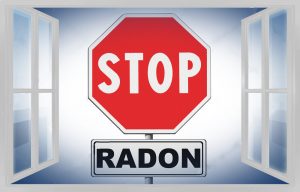Radon gas in the long term can be a deadly problem found inside every home. The biggest risk it poses is that we cannot detect it with our senses. It is colorless, odorless, and tasteless, so unless we actively test for radon levels, we won’t even know that it’s present in the air.
So what makes radon gas so dangerous and when should you be concerned about your health? Well, let’s go through some basic questions to give you a better understanding of how radon can affect you.
What is radon?
Radon is a gas that is the result of the natural decay of radioactive material such as uranium. It breaks down in the soil and rocks below ground and then seeps its way into the atmosphere. The gas can enter enclosed spaces through tiny cracks and holes in the ground. When we breathe, we are essentially breathing in these radioactive particles. While this is not lethal in small quantities, continuous exposure to the gas can cause you to develop lung cancer. Statistics show us that over 21,000 people die every year due to radon-related lung cancer.
How are radon levels tested?
In order to test for radon, you can either hire a professional radon mitigation company or purchase a home testing kit. Though unless you know about how radon works, it would be best to hire a professional to be in the clear. They have the tools and experience necessary to ensure there are no elevated radon levels at home.
What do these test results mean?
Once you get your home tested, the professionals will explain to you what the test results are. However, if you are planning to do it yourself, then you first need to understand what results you should be looking for. For radon, the tests use a measure called pCi/L (Picocuries per liter of air).
On average, indoor radon levels are estimated to be around 1.3 pCi/L. Outdoor levels of radon are normally about 0.4 pCi/L of radon. The eventual goal of world health organizations is to bring indoor radon levels to outdoor levels. However, this is not possible right now with the level of technology available. At best, we are only able to bring radon levels below 2 pCi/L.
Even a pCi/L between 2 – 4 is a value that you don’t need to be alarmed by. If your test results are below 4 pCi/L, it would be better to get a professional involved so you can take prevention tactics. However, there is no immediate danger involved.
If the result is over 4 pCi/L, then quick remediation measures should be taken. These are considered to be high radon levels and can be much more deadly. Though it should be noted, that one test may not always be accurate. Always try to take two tests (if it is your first time) to really make sure that the radon level is accurate. This is why hiring a professional would be best for this as they know exactly what to look for.
Is there a safe level of radon?
The lower the radon levels are, the lower the risk of developing lung cancer. The best way to be safe is to stay completely away from radon gas. However, because radon is naturally occurring below the surface, there is no way to prevent radon from entering the atmosphere. As such, there is no “safe” level of radon gas that we can be exposed to. Though the risk of developing lung cancer in radon levels under 4 pCi/L, is very low. The best way to stay safe is to take radon mitigation measures to keep radon levels as low as possible.
Also, please keep in mind that smoking can worsen the results of radon poisoning. Even if the radon levels are lower, frequent smoking can cause you to develop lung cancer faster than others. Over 85% of radon-related deaths are from those who were smokers. On top of managing radon levels at home, the best way to take care of your health is to try and quit smoking as well.




